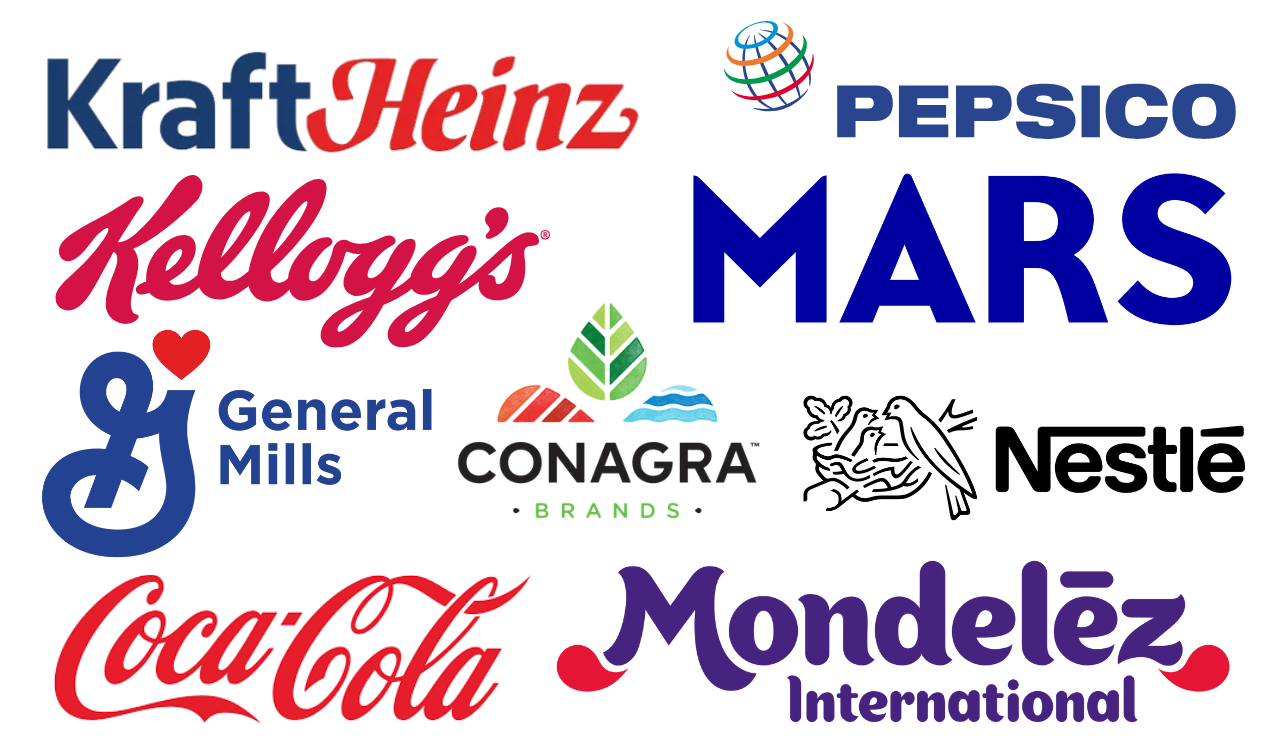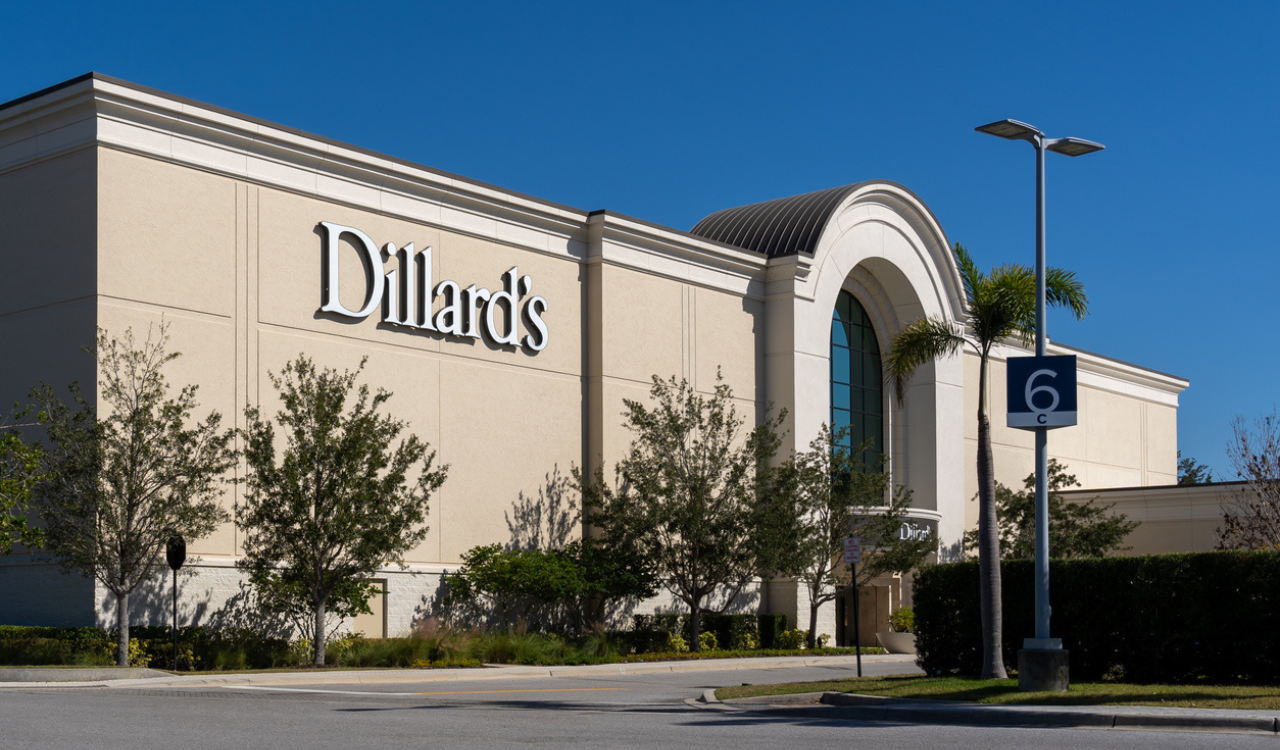Powerful forces are weighing on existing supply chains. We needn’t look far to notice the effects that shipping delays, rising costs, geopolitical headwinds, climate instability, and the need for secure access to goods have inflicted on our industry. Rather than moaning or gnashing our teeth, we should view these systemic disruptions as an opportunity to create change. While we excel at avoiding disruption and uncertainty, when backed against the wall, we innovate.
Experts Converge
In a session at the Milken Institute Global Summit 2022, a panel discussed reviving North American manufacturing and specifically, the development of a North American supply chain. The panel was moderated by Dan Runde, Senior Vice President, Project on Prosperity, and Development at the Center for Strategic and International Studies in Washington D.C. Runde mentioned near-shoring and onshoring, terms we are familiar with but added, allied-shoring, and friend-shoring to the supply chain lexicon.
The panel included Joe Preston, the President, and CEO of New Balance. Preston said, “While we contract in Vietnam and other countries, we are the only athletic apparel company with a manufacturing footprint in the United States.” He continued, “Our industry basically offshored all production in the early 90s, but we chose to stay in the U.S. and keep jobs here. We just opened up our fifth factory, two in Massachusetts, and three in Maine, and we have more on the books. But the challenge is the supply lines.” He implied that if the U.S. had a larger apparel manufacturing footprint, supply line efficiencies would develop. He added, “Providing jobs in a community is difficult when you are alone.” He suggested that the high costs associated with U.S. manufacturing are actually lower than they appear. He explained that while labor costs are higher in the U.S. than in Asia, as delivery delays compound the costs of lengthy supply chains continue to rise. He said, “25 percent of our inventory is floating around out there because it is taking an extra 12-18 weeks to get our offshored goods into the country, with interest rates rising, it is a capital issue.”
The Labor Challenge
Another issue raised by the panel was the U.S. labor shortage. Preston mentioned, “We work with our community colleges and high schools to create a bridge-to-a job for our local employees. We had an easier time hiring than we had anticipated.” Carolyn Lee, President and Executive Director of the Manufacturing Institute mentioned that increased diversity and inclusion in both hiring and training will ease labor shortfalls. She highlighted the fact that women are often overlooked in the manufacturing sector, “If we increase the number of women in manufacturing by 10 percent, we will close the skills gap by 50 percent.” Lee also mentioned the recent tightening of immigration policy as a contributing factor. In the current labor shortfall. Her comments on immigration were underlined in recent reporting from Bloomberg. Federal Reserve officials Thomas Barkin of Richmond and Neel Kashkari of Minneapolis separately proposed increasing immigration. At a Virginia Bankers Association and Virginia Chamber of Commerce event held in January, Barkin suggested, “Legal immigration is a very helpful supplement to grow the workforce, which I think then makes growing the economy somewhat easier to do. I think it would be important to have a real commitment to legal immigration at the right kind of scale.” Kashkari opined at a virtual gathering hosted by the Wisconsin Bankers Association, “This is math. You could either just accept slow growth, you could do what Japan does and subsidize fertility — pay families to have more kids — it doesn’t work, by the way. Or you could embrace immigration. That’s it. Those are your three choices.”
The North American Solution
A continent-based solution was suggested by Emilio Cadena Rubio, CEO of Grupo Prodensa, a Mexico-based consultancy, and manufacturing network. Rubio said “I don’t believe there is a sustainable manufacturing footprint in the United States without Mexico. We need a North American narrative…I think together we have the talent the technology, the capital, and the natural resources to do it.” He highlighted the trend of consumers wanting things as soon as possible suggesting that a North American supply chain with a flexible and mobile workforce will provide greater speed to market, customization opportunities, and restocking of popular goods as we manufacture as closer to the customer. Still, he questioned the political will. Cadena Rubio commented, “The political parties in the U.S. and Mexico have taken smart trade decisions hostage. No one in the political environment today is going to say they want to open two million temporary work visas in the United States.”
An Academic Perspective
While politicians avoid the hot potato that is immigration policy, in an episode of the podcast Pivot, former NYU professor and current commentator Scott Galloway shared his thoughts on the benefits of a North American supply chain, “I was on the board of a retailer, and we woke up one day and realized 97 percent of our tops came from not just China but one region in China. And when it got shut down, we had no tops. I think the big beneficiary here, just going out to a second-order effect, is going to be Mexico. My colleague at NYU, Pankaj Ghemawat, has done some great research. And as global as we are, trade is still a function of proximity. Typically, your trading partner is the one that’s on your border.” Galloway continued, “Our biggest trading partners are Canada and Mexico. And I think a lot of companies are going to decide to pay a little bit more and have a more approximate supply chain out of Mexico, which has lower costs and has a decent technology infrastructure…It’s a democratic society. They are no threat to us. We like them. They have been sending their human capital to us despite the fact we demonize them. We have a great relationship with Mexico.”
Mexico Ascends
Both Mattel and the American footwear/apparel company Steve Madden have shifted production facilities from Asia to Mexico in recent months. In an interview with Reuters, Gabriel Galvan, Mattel’s Latin American Managing Director said, “Being able to have product close to your consumer and not having to transport it from Asia is going to be more profitable. It’s a big opportunity (for Mattel), due to the plant’s proximity to the company’s Dallas-Fort Worth distribution center, its second-largest in the United States. We can be there in 24 hours. For us, it’s really convenient.”
Public/Private Support
Beyond proximity, recent policy changes and major infrastructure projects will offer near-shoring, allied-shoring, friend-shoring, and continent-shoring a boost. The updated NAFTA agreement (USMCA) creates a positive long-term tax environment for trans-continental trade. Brian Deese, The director of the National Economic Council in the Biden administration discussed the 2021 infrastructure bill in a Bloomberg podcast. Deese commented, “There are areas where we can most effectively operate on the supply side of the economy and expand our productive capacity. Our investment in improving our physical infrastructure will allow us to build in the right way. We have the tools to improve the infrastructure to increase capacity across the supply chain. Beyond policy, a recent deal announced by the Canadian Pacific and Kansas City Southern railroads creates a defacto Mexico to Canada railroad. While the agreement still needs approval from the Surface Transportation Board, the New York Times reported, Canadian Pacific links major ports on the East and West Coasts between the United States and Canada, while Kansas City Southern connects the United States, Mexico, and Panama. The two connect on a single point, a joint facility in Kansas City, Mo., where Kansas City Southern is based.
Next Door
While no one is suggesting that the long supply chains we came to depend on will completely vanish, the need for alternatives and redundancies is clear. While politicians dither and executives hope for the best, the economics are clear. The forces weighing on a failing system are encouraging change. We need to look beyond the failing formulas to solve our current and future manufacturing dilemmas. Perhaps the solution is closer to home than we think.





